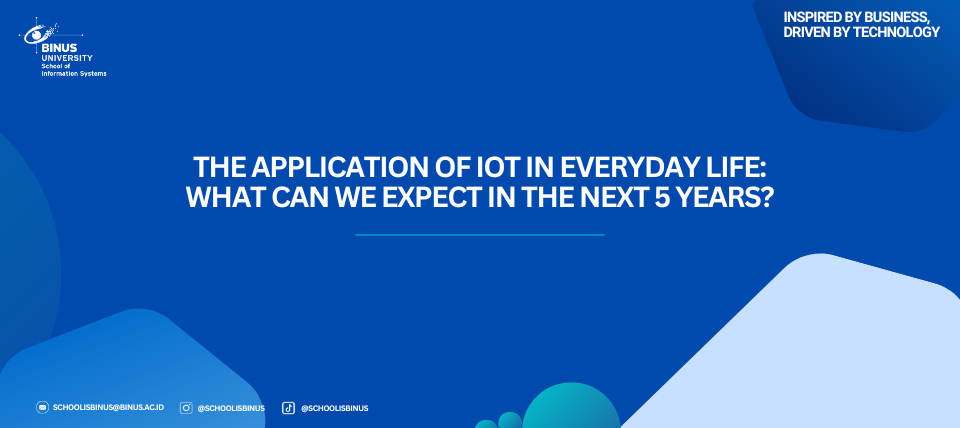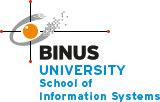The Application of IoT in Everyday Life: What Can We Expect in the Next 5 Years?

The Internet of Things (IoT) has revolutionized how we interact with technology, seamlessly integrating digital devices into various aspects of our lives. Over the next five years, IoT is poised to further transform daily routines, making them more efficient, personalized, and sustainable. This article explores key areas where IoT will have a significant impact and provides case studies highlighting its real-world applications.
In the realm of smart homes, IoT is making living spaces more convenient and energy-efficient. Devices like Nest thermostats and Philips Hue smart lights are already optimizing energy usage by learning user preferences and adjusting settings accordingly. For instance, a case study involving a residential community in California showed a 15% reduction in energy bills after implementing IoT-enabled devices that automated heating, cooling, and lighting based on weather patterns and occupancy. In the future, this technology will likely expand to include enhanced interoperability, where all home devices communicate seamlessly. This could mean a refrigerator notifying you when groceries are low or even placing orders autonomously.
Healthcare is another area set to see remarkable advancements due to IoT. Wearable devices such as Fitbit and Apple Watch are already monitoring fitness and vital signs, but their potential for medical applications is vast. A pilot project in Sweden used IoT-enabled insulin pumps to manage diabetes patients’ blood sugar levels. These devices adjusted insulin delivery in real-time based on data collected from the patients’ bodies. Over five years, such technologies are expected to become more widespread, allowing for real-time health monitoring, early disease detection, and even remote patient management. This shift could significantly reduce hospital visits and enable more personalized, proactive care.
IoT is also playing a critical role in the development of smart cities, where it enhances urban living by optimizing resources and infrastructure. In Barcelona, for example, IoT-powered sensors monitor traffic flow and guide drivers to available parking spots, significantly reducing congestion and emissions. The city has also implemented smart waste bins that notify sanitation teams when they are full, improving waste collection efficiency. As this technology evolves, cities worldwide are expected to adopt similar solutions, creating more sustainable and livable urban environments.
The retail sector is undergoing a transformation through IoT, which enhances the shopping experience and streamlines operations. Amazon Go stores use IoT-enabled cameras and sensors to offer a cashier-less shopping experience, where customers can pick up items and leave, with payments automatically processed. In another case, Kroger supermarkets in the U.S. introduced smart shelves that display product prices and nutritional information while tracking inventory levels. As IoT technology advances, personalized in-store experiences, such as product recommendations based on customer data, will become more prevalent.
While IoT promises a future of efficiency and innovation, challenges like data privacy and cybersecurity remain. However, with continuous advancements and robust regulations, these concerns can be mitigated. Over the next five years, IoT will undoubtedly become an even more integral part of everyday life, shaping a smarter, more connected world.
Reference : https://theintechgroup.com/the-future-of-iot/#:~:text=IoT%2Dbased%20solutions%20for%20inventory,AI%20for%20more%20efficient%20operations.&text=Agriculture%20has%20long%20utilized%20IoT%20technology%20to%20improve%20practices.

